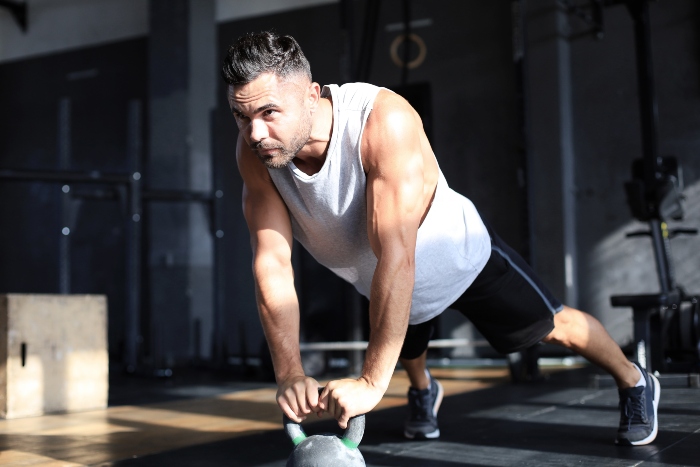Let’s take a look at how to engage your core muscles. Engaging your core is an important component of many exercises and activities that involve your torso and abdominal muscles. Here are some steps to engage your core effectively:

Find your Neutral Spine
Find your neutral spine: Stand or sit up tall and align your spine in a neutral position, with a natural curve in your lower back. Avoid slouching or arching your back excessively.
Identify your Core Muscles
The core muscles include the deep abdominal muscles, such as the transverse abdominis, as well as the muscles of the pelvic floor, diaphragm, and multifidus. These muscles work together to provide stability and support to your spine and pelvis.
Use Diaphragmatic Breathing
Breathe deeply into your diaphragm, which is located just below your ribcage. As you inhale, allow your belly to expand outward, and as you exhale, gently draw your belly button towards your spine. This helps activate your deep abdominal muscles and can facilitate core engagement.
Brace your Core
Imagine tightening a corset around your waist. Contract your deep abdominal muscles, including the transverse abdominis, as well as your pelvic floor muscles, without holding your breath. This creates a feeling of tension and stability in your core.

Maintain Alignment
As you engage your core, be mindful of maintaining good posture and alignment throughout your body. Avoid excessive arching or rounding of your back, and keep your shoulders relaxed.
Practice Functional Movements
Engage your core during functional movements, such as squats, deadlifts, planks, and other exercises that involve twisting, bending, or lifting. Focus on maintaining core engagement throughout the movement to improve stability and protect your spine.
Practice Regularly
Engaging your core effectively takes practice, so be patient and consistent with your efforts. Incorporate core engagement into your daily activities and exercise routine for the best results.
Remember, it’s important to listen to your body and work within your comfort level. If you have any concerns or medical conditions, consult with a qualified healthcare professional before engaging in any new exercise program.

